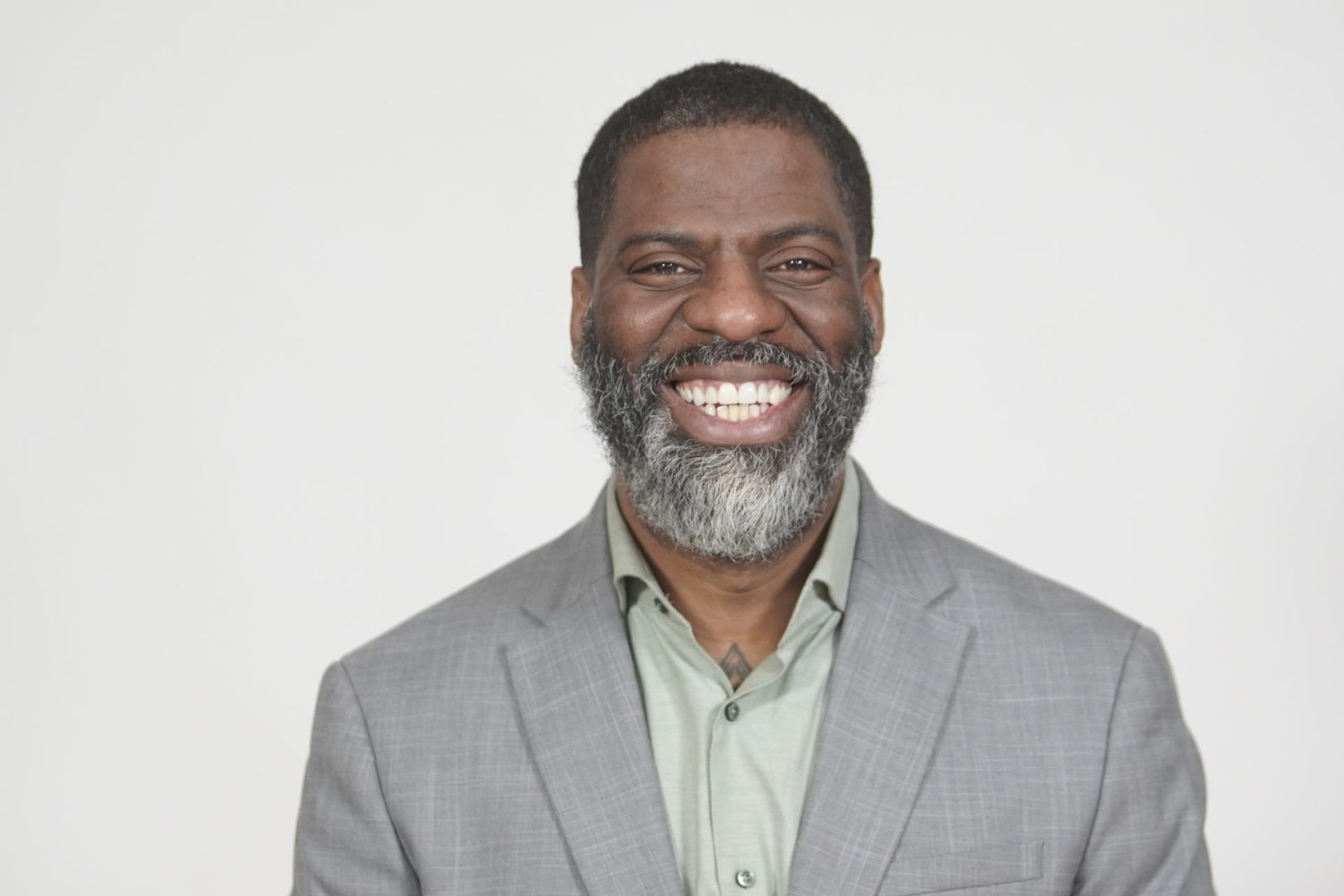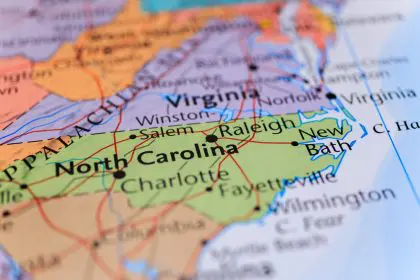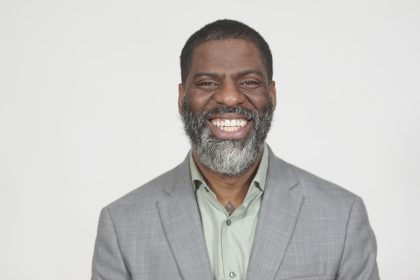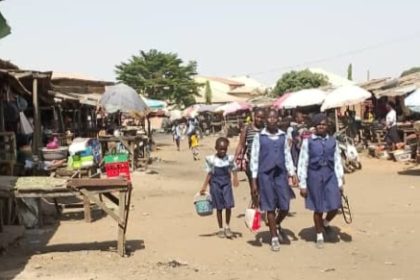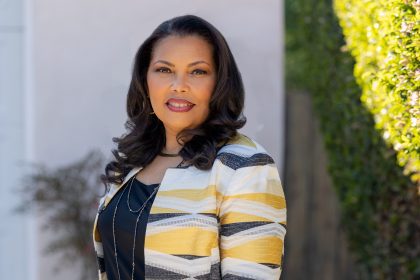In a city where six out of every ten property tax dollars flow to schools, Dr. Che “Rhymefest” Smith believes every child deserves an education that doesn’t warehouse them, but elevates them to their highest potential.
In the fluorescent-lit hallways of a Chicago high school years ago, a young Che Smith stood before the dean with a simple question, What would it take to graduate? The answer was crushing. “Mr. Smith, you’re supposed to be a junior. You don’t got enough credits to be a freshman. You gotta go to school for another three to four years.”
The moment crystallized everything wrong with a system that had allowed him to advance in grade level while falling catastrophically behind in skills, all without intervention or support. That same student would eventually become Dr. Che “Rhymefest” Smith, Grammy-winning artist and, as of thirty days ago, Chicago Public School Board member for the 10th District.
“No child deserves to be uninformed, misinformed, warehoused, not educated,” Smith explains, leaning forward with intensity. “That’s what led to me saying, I’ll take another path other than institutional school.”
The education gap that created a changemaker
Smith’s educational journey began promisingly at Bryn Mawr Elementary (now Bouchet International), the same school Michelle Obama once attended. But high school became a warehouse where his talents weren’t recognized, and academic support never materialized.
After leaving traditional education, community leaders including Dr. Donda West, Dr. Timuel Black, and Reverend Jesse Jackson embraced Smith, showing him he could indeed learn. This community-driven education ultimately propelled him toward music success and now public service.
“When I’m asked what gap in equity led me to wanting to change from the inside out, I think about public school,” Smith says. “I am a product of Chicago Public Schools.”
His election to the school board isn’t about individual achievement but collective transformation. “I’m not doing it on my own. We can only do it together,” he emphasizes, highlighting partnerships with organizations like CHAMPS Mentoring and programs such as Chicago State’s teacher training initiatives aimed at young Black men.
Reimagining education for modern economic realities
Smith’s vision for education extends beyond traditional models to embrace the realities of a global economy. His approach centers on teaching practical skills relevant to contemporary challenges.
“A child may not know how to write cursive. Cursive may not even be taught in schools. Cursive to some children may look like hieroglyphics, but it doesn’t mean that child can’t code you under the table,” he observes.
His educational reimagining encompasses several key initiatives:
- Passport programs in schools to foster global awareness
- Mandatory financial literacy starting in elementary school
- Entrepreneurial education with measurable outcomes by junior year
- Aviation and airport design programs that prepare students for well-paying careers
- Collaboration with public libraries to ensure all schools have librarians and literary resources
“When we’re talking about innovation, it’s really about collaboration, how communities work together in a modern world for a modern economy and a modern education,” Smith says.
Building bridges between institutions and communities
The relationship between Chicago’s educational institutions and its communities has been fraught, particularly after the controversial closing of 51 schools that Smith says “destabilized our communities.”
“Many people believe the system that destabilized our communities was acting exactly as it was designed to do,” he reflects. “The opportunity we have now as elected officials with an elected school board is that we can redesign a system to work for equity between all of our schools and all of our students.”
Smith is advocating for systemic change beyond classroom improvements, beginning with redefining leadership roles. “Why are we defining the head of CPS as a CEO?” he challenges. “No district in the state of Illinois, and I can’t think of any district in the country besides Chicago, defines its head of schools as a CEO.”
He’s drafting a resolution to amend state code and require the head of Chicago Public Schools to be a superintendent with educational experience, rather than a CEO. “These schools, to me, are not businesses and our children are not commodities, even though we deal with a $10 billion budget.”
The power of showing up
For Smith, transformation begins with the simple act of presence. He visits schools that have never before seen a board member, receiving letters from students outlining their needs—like reopening the airplane hangar at Chicago Vocational Academy for aviation training.
“The community already has the answers. The children already have the answers,” Smith says. “What am I doing? I’m showing up.”
This approach extends to creating safe spaces for all students, including protecting immigrant families by implementing “know your rights” programs that establish clear boundaries for federal agencies attempting to enter schools.
“If you’re not a part of our academic day, you’re not allowed in this school,” he explains. “This is whether you know it or not, we’re going through a new era in education in Chicago.”
Hope as intentional action
When asked about the role of hope in his strategy, Smith reframes it as something more concrete than wishful thinking.
“Hope, I believe is a terrestrial word for prayer. It is a surface word for intention,” he says. “Many people have lost hope in their schools. I’ve been visiting our schools and you take a school, an elementary school like O’Keeffe in South Shore where when I was young I was scared to walk past that school let alone go to it.”
That same school now hosts the Joffrey Ballet, piano labs, and other enrichment programs. For Smith, these transformations represent hope made tangible through collaborative effort.
“The hope is your energy to join and to collaborate. The hope is in us to work together to increase great things to be greater,” he says. “Hope is intentional work, hope is the prayer and hope is the action of service.”
In the final analysis, Smith sees his role less as an individual innovator than as a connector of community resources and intentions. His philosophy of change is deceptively simple: “Chop wood, carry water, chop wood, carry water. That’s the lasting impact.”

